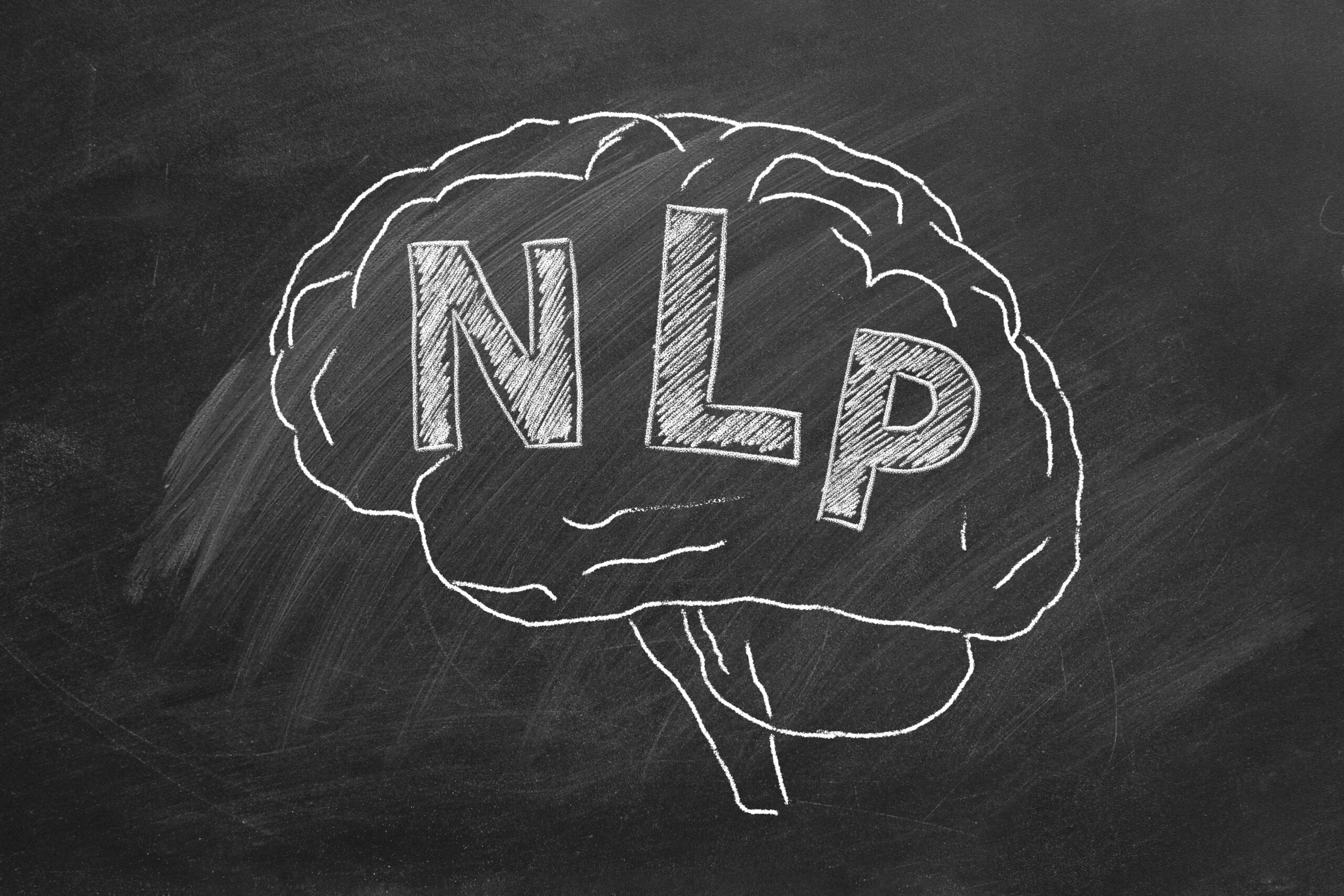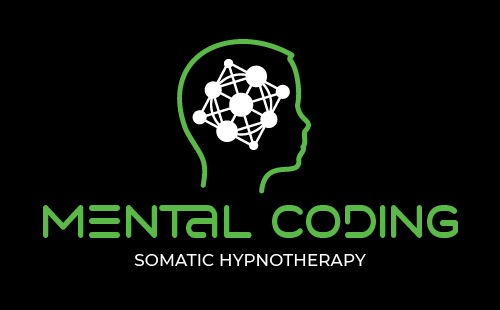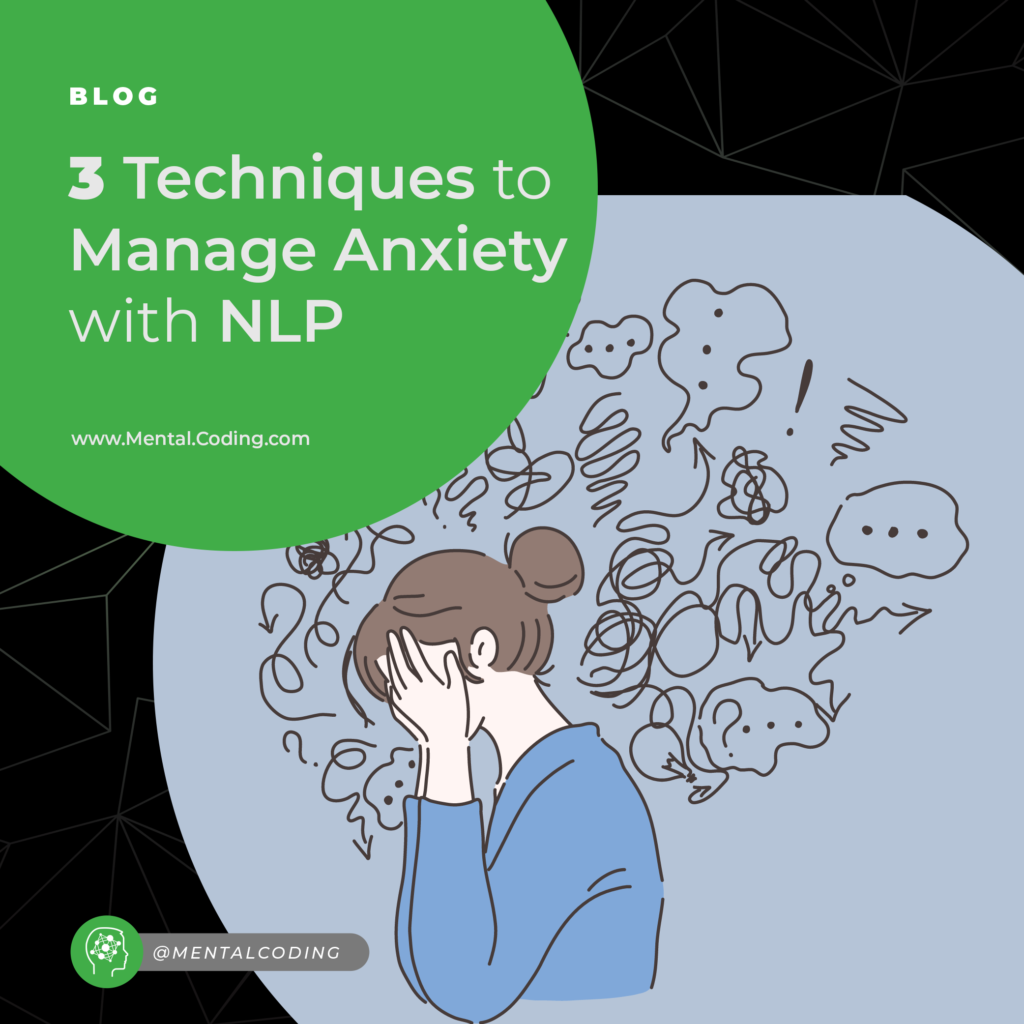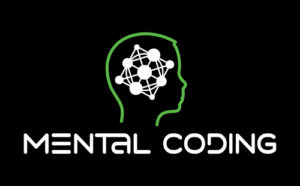Overcoming Anxiety with NLP
You’ve probably heard of anxiety as a disease and disorder when discussed by psychologists and therapists.
You might think that the only way to manage and treat it is with drugs such as Xanax.
You might have even developed several coping strategies you believe you are dependent on to manage your condition.
But is this the case? Is a natural function of the human nervous system truly something we need to view as a disorder?
Clients are often skeptical when I tell them the human mind has all the tools it needs to manage anxiety.
But as soon as they begin to practice putting these three techniques into practice, they often see life-changing results in their ability to manage their emotional state.
These techniques come from a body of work known as NLP or neuro-linguistic programming. Think of it as a manual for how to use and work with your mind.
You don’t have to master all three. You can pick one that works best for you. I do, however, recommend using all three as they are meant to work together.
But regardless of which technique you choose to utilize, always remember to breathe when you become aware of anxious thoughts arising.
Nice, deep, relaxing breaths.
There will often be an unconscious holding or shortening of breath which occurs when the feeling of anxiety hits. Simply remembering to do the opposite of that is the first step in switching from a state of anxiety into a state of relaxation.
1. Managing Anxiety with NLP State Change
The first technique for managing anxiety with NLP involves using language to take the subconscious mind down a different neural pathway. It’s a technique you can do by speaking out loud or by thinking in your head, making it very convenient to do in a public setting.
To understand how it works, you have to understand that language is processed by the subconscious mind, not the conscious mind.
Within nanoseconds, the subconscious mind creates images and sounds in our head to represent the people, events, places, etc being described in the language, so the conscious mind can make sense of what was said. These images and sounds are also accompanied by automatic thoughts and emotions, which is the subconscious mind communicating to us what the meaning of language is.
We can, therefore, use language in our speech and thoughts to dictate what types of internal representations and emotions are in our heads.
The trick is everything has to be done in the context of what you want, not what you don’t. People with anxiety attacks will often develop a fear of it which will lead to them thinking like “I don’t want to be anxious.” and “I can’t be anxious right now”.
This might seem like a natural response to having anxiety, but the problem arises with the fact that the subconscious mind doesn’t process negation when creating an internal representation. When we think about what we don’t want, the subconscious mind still creates internal representations of our anxiety so the conscious mind can understand what we don’t want. T
his makes the emotion worse and creates a cycle, which leads to a full-on anxiety attack.
Therefore, we must deliberately think about what we want to feel to get our minds to switch gears.
- Say out loud or think the following question: “What do I wish to be feeling instead of this?”
- Notice the answer that immediately pops into your head from the subconscious. It will be a word like calm, relaxed, happy, etc.
- Say out loud or think the following question: “When was a time when I felt X?” with X being the word from step 2.
- Your subconscious mind will present you with images and sounds from a time when you felt a positive emotion.
- Focus on it. Recall the time. See what you saw. Hear what you heard. Feel what you felt.
- You should feel your emotional state shift slightly.
- Repeat the process your emotional state shifts completely and you can no longer feel or remember the anxiety. The more intense the anxiety, the longer it will take to shift.

2. Resource Anchor to Manage Anxiety with NLP
Okay, so you used the first technique for managing anxiety with NLP and it worked…kind of. You probably found it a bit difficult and it probably felt like your subconscious mind was fighting you, almost like it was screaming “No! Focus on this instead! This is more important and immediate!”. That’s normal.
To help overcome this resistance, we are going to give you a second tool to use alongside the first. It’s called a resource anchor.
Resource anchors work based on a popular principle from neuroscience: “What wires together, fires together.” When an emotional state is repeatedly paired with a sensation, sound, visual, or thought, they become fused and the emotional state fires off when the trigger occurs.
Therefore, just like we can deliberately use thought and language to recall past experiences of emotion, we can bind those past experiences to a point on the body, so we feel the emotions when we touch them.
Now, you cannot only use your thoughts to lessen your anxiety but your hands as well at the same time.
- Find a spot on the body to be your resource anchor. It must be a spot you can find in the dark and it must be the exact spot every time. I recommend spots around the knuckles and joints on one of your hands.
- Using the desired positive emotion from the first technique, recall a time when you felt it with the statement: “When was a time when I felt X?”
- Focus on it. Recall the time. See what you saw. Hear what you heard. Feel what you felt.
- Blow up the intensity of the experience in your head.
- As the emotion gets as intense as possible, squeeze your resource anchor.
- Hold for 15 seconds.
- Release and let the emotion go.
- Repeat steps 2-7 with a different memory. Do a total of 5 memories, all bound to the same spot.
After you finish, give your resource anchor a quick squeeze. You should feel a jolt of calmness or happiness.
3. Changing How You Focus to Manage Your Anxiety
Emotion is just data.
It’s millions of bits of data passing through our mind with each moment of existence. It’s the data communicating the meaning of the people, events, and places we experience.
The anxiety you feel in the moment is just a piece of data you have grabbed hold of. You have given it your attention and focus and by doing so, you are causing yourself pain. To manage your anxiety with NLP, you need to control your focus.
Therefore, the third technique is simply the mastery of focus. Learning to allow the energy to just be there and shifting our attention to other things allows us to learn to let it pass. The most important thing to remember when practicing this technique is not to get rid of it; simply to accept it being there.
- Sit straight up with the feet on the ground, back straight and supported and the hands uncrossed in the lap.
- Begin taking long, deep breaths in through the chest and out through the nose.
- Close your eyes.
- On the inhale, imagine positive energy moving from a point in front of your chest, through the chest, and out through the back to a point behind the back.
- On the exhale, imagine the energy going back through the chest in the reverse direction.
- Keep breathing in and out.
- Focus on the space your chest takes up in space as the energy passes through it. Imagine erasing away the chest and focusing on the space that’s left. You don’t have to think about space. Just imagine it.
- The anxiety will attempt to get you to shift your attention back to it. Just accept that it’s there, take a breath in and return your focus to space. It’s there to teach you something. Acknowledge it’s there for a positive purpose, even if you don’t fully understand what that is yet.
Practice this until you can easily do it in the moment with your eyes open, without having to think about it.
Putting All the NLP Techniques Together
Now that you have learned all three techniques, you can begin using them together to create powerful changes in your emotional state.
When you feel and become aware of the anxiety coming on, do the following
- Take a nice, long deep breath in through the nose and out through the mouth.
- Squeeze your resource anchor from the second technique
- Begin shifting your focus to focus on open space as you learned in the third technique
- As you shift your focus, ask yourself “What do I want to feel instead?” and follow the steps from the first technique.
It will take some time and practice to develop this into a habit, but as you get better and better at it, your ability to manage stressful events as well.



